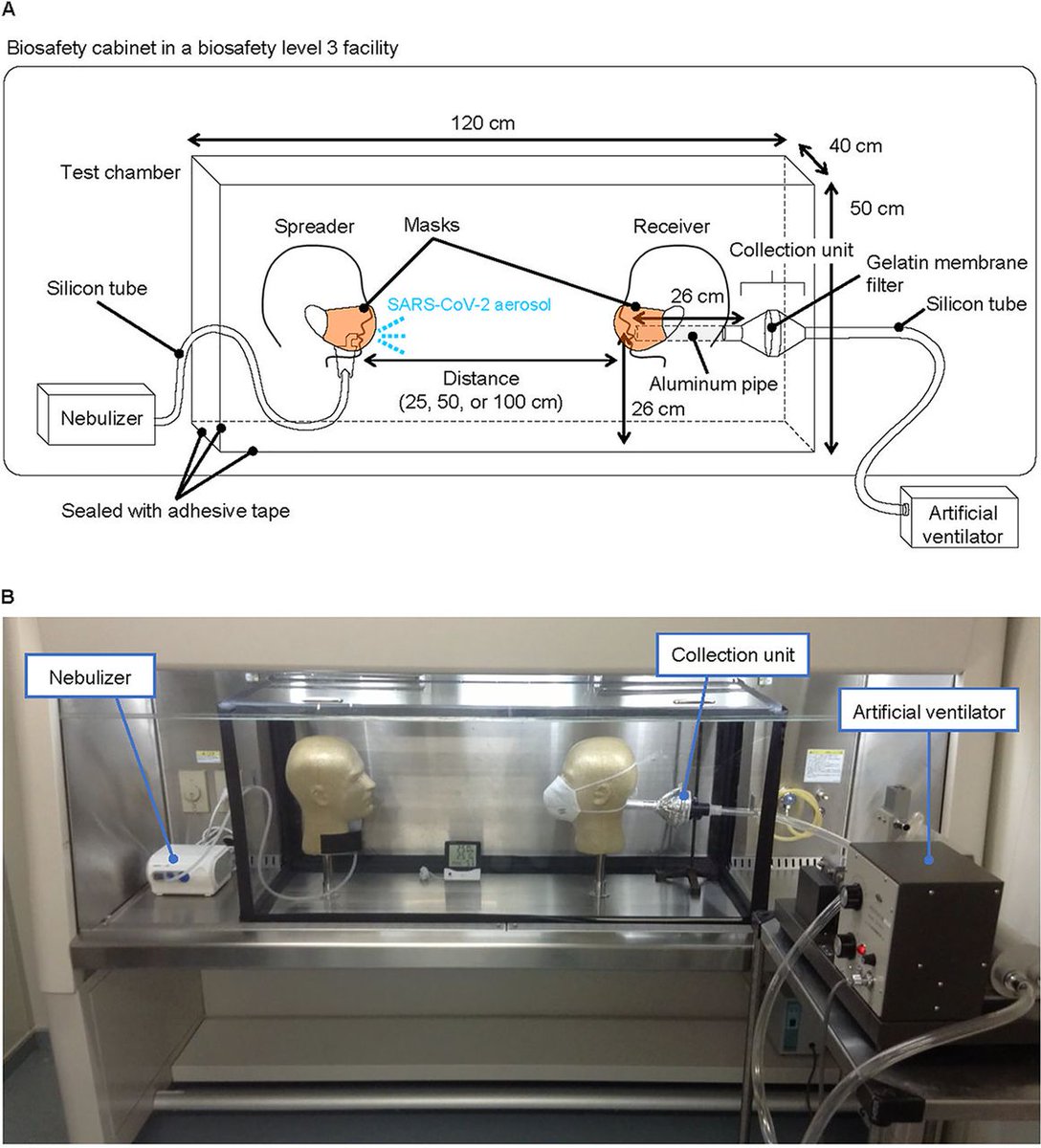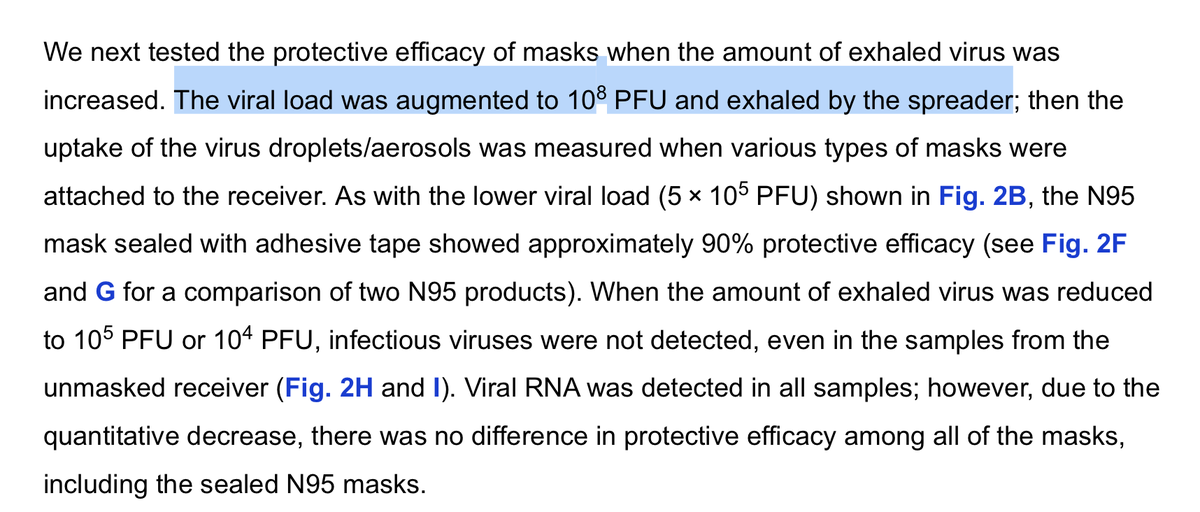Speaking of short circuiting…
Here is an excellent manuscript…
But I pose a question to the astute reader.
Where is Waldo? https://msphere.asm.org/content/5/5/e00637-20">https://msphere.asm.org/content/5...
Here is an excellent manuscript…
But I pose a question to the astute reader.
Where is Waldo? https://msphere.asm.org/content/5/5/e00637-20">https://msphere.asm.org/content/5...
If you don’t see it… that’s OK.
99% of readers wont see it.
If you read my last post on this topic, you’ll get your first hint.
As second hint. Human Coughs are 0.1-900um in diameter. https://bmcpulmmed.biomedcentral.com/articles/10.1186/1471-2466-12-11">https://bmcpulmmed.biomedcentral.com/articles/...
99% of readers wont see it.
If you read my last post on this topic, you’ll get your first hint.
As second hint. Human Coughs are 0.1-900um in diameter. https://bmcpulmmed.biomedcentral.com/articles/10.1186/1471-2466-12-11">https://bmcpulmmed.biomedcentral.com/articles/...
Now as you read this paper on droplet diameter, there is another magic trick you have to guard yourself from. Notice how they switch from up to 900 microns (diameters) to 97% being under 1um. That makes you think about a 3D problem in 1D and that’s where the magic trick comes in.
The attention on total number of measured droplets reduces a 3D problem to 1D diameter measurement.
If I have two 50um droplets with equal viral load and I nebulize one of them into 1000 5um particles, I now have 99.9% of the droplets under 5um...
If I have two 50um droplets with equal viral load and I nebulize one of them into 1000 5um particles, I now have 99.9% of the droplets under 5um...
but I’d rather be infected by the single 50um droplet than a mist of 1000 5um droplets due to the enhance infectivity of nebulized droplets. So don’t let the 97% of droplets get too much of your attention as the distributions and volumes are equally important.
Aware of this trick, look at where the nebulizer is placed.
Inside the mask and it is making 5um particles. If the particles are pre-nebulized than you cant measure if the mask is nebulizing 900um coughs into 5um droplets as you already nebulized them. That’s where Waldo is.
Inside the mask and it is making 5um particles. If the particles are pre-nebulized than you cant measure if the mask is nebulizing 900um coughs into 5um droplets as you already nebulized them. That’s where Waldo is.
There are other questions I have.
2m/s cough for 20 minutes at 10^8 PFU..
Maybe in the cannabis industry you can get someone to cough in your face for 20 minutes but this seems like a stretch given the lower PFU (10^5) experiments were bunk.
2m/s cough for 20 minutes at 10^8 PFU..
Maybe in the cannabis industry you can get someone to cough in your face for 20 minutes but this seems like a stretch given the lower PFU (10^5) experiments were bunk.
Don’t get me wrong. We need more studies like this and each one highlights something for the next study. I hope there is a better way to simulate the volume of the Earths atmosphere these droplets are diluted into.
These boxed studies with a vacuum onto a filter seem to tip the scales of the experiment into a biased effectiveness direction.
This is primary reason, as a scientist, I gave up voting. I have enough confirmation bias without the tribalism.
This is primary reason, as a scientist, I gave up voting. I have enough confirmation bias without the tribalism.
@threadreaderapp unroll

 Read on Twitter
Read on Twitter






